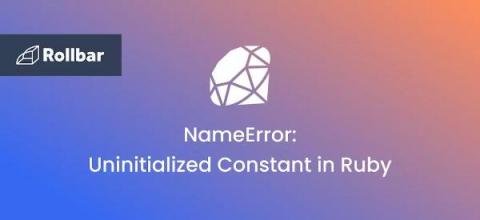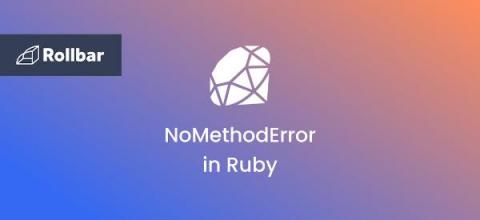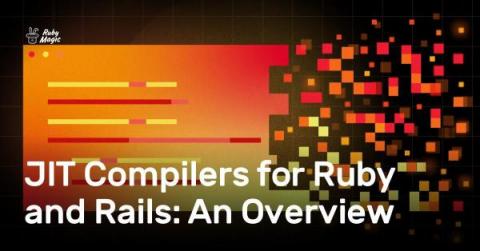How to Handle the Unpermitted Parameters Error in Ruby
The ActionController::UnpermittedParameters error occurs when a parameter that has been passed is not permitted in a create, an update, or a user-defined action. In older versions of Rails, information about the unpermitted keys was provided in the logs only when an unpermitted parameter was found in a request. This did not provide enough information for the developers to understand which controller and action received the unpermitted parameters.










